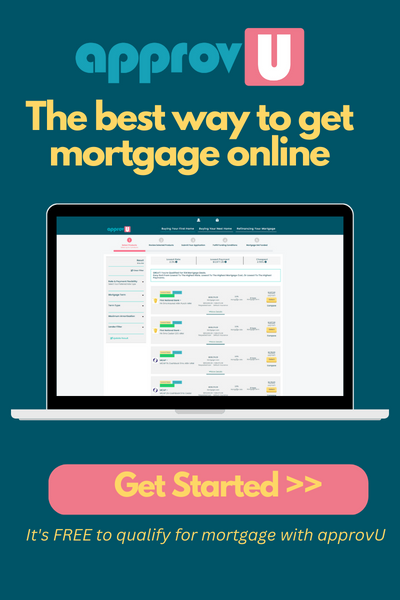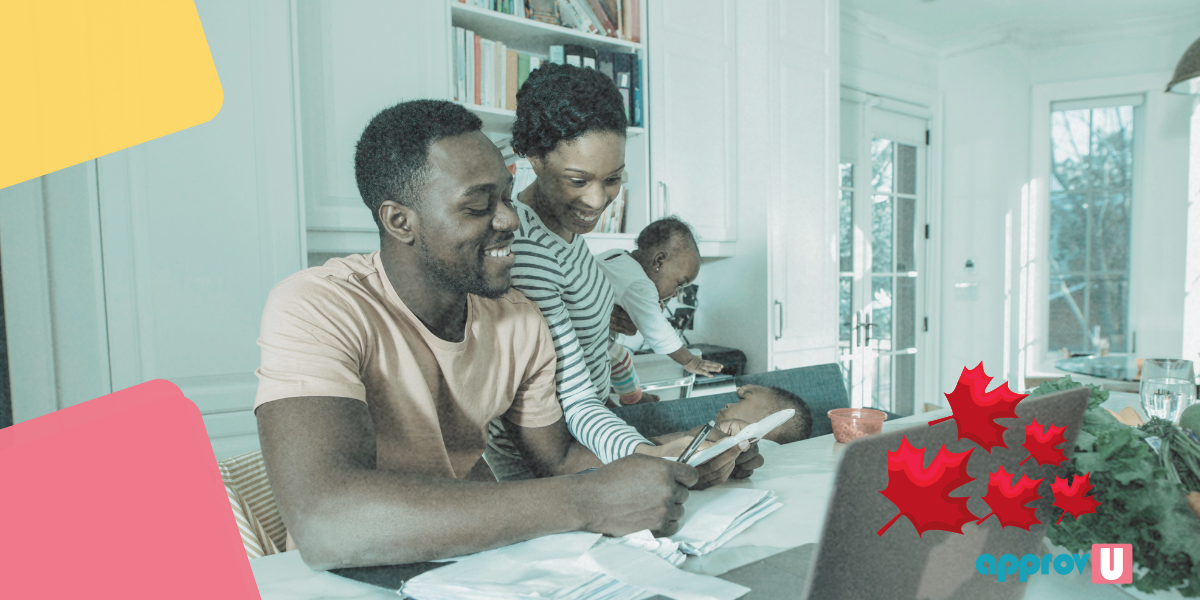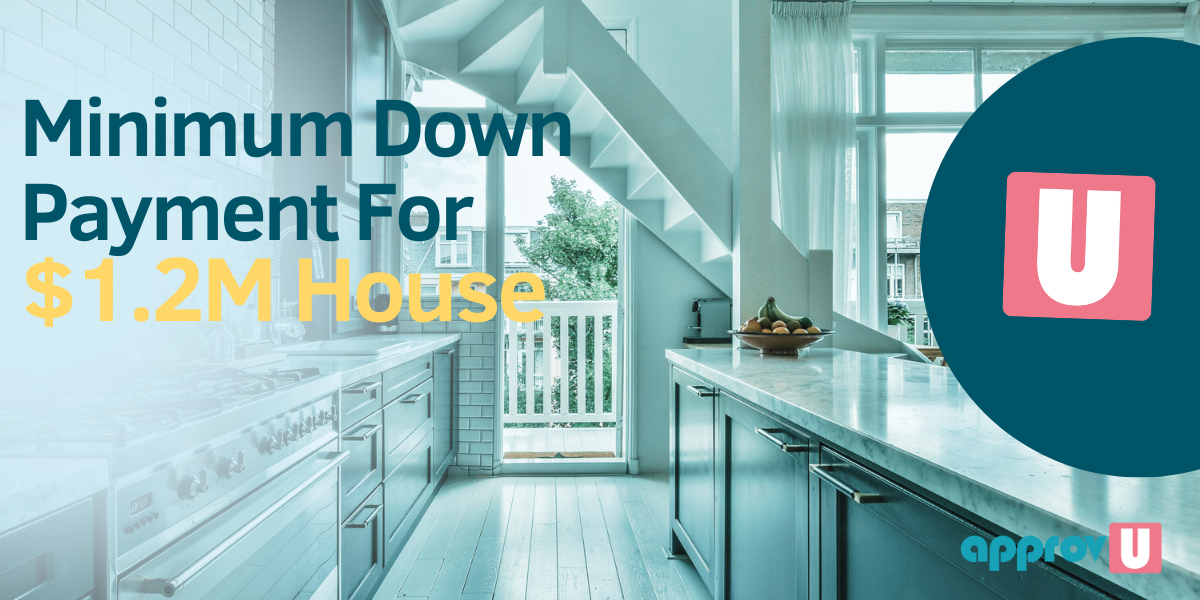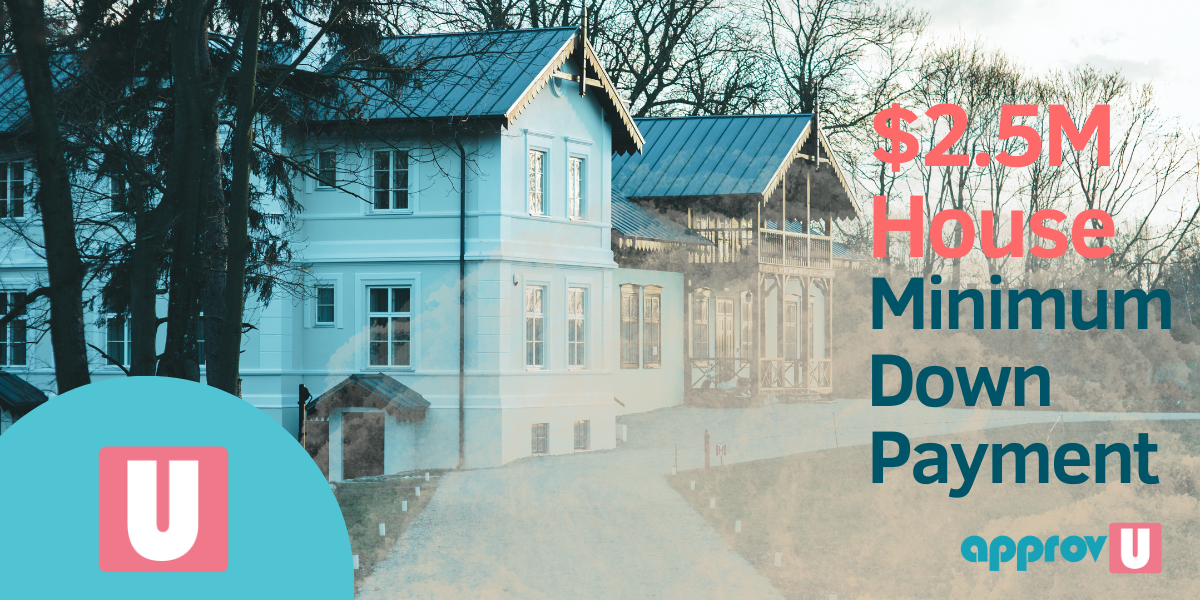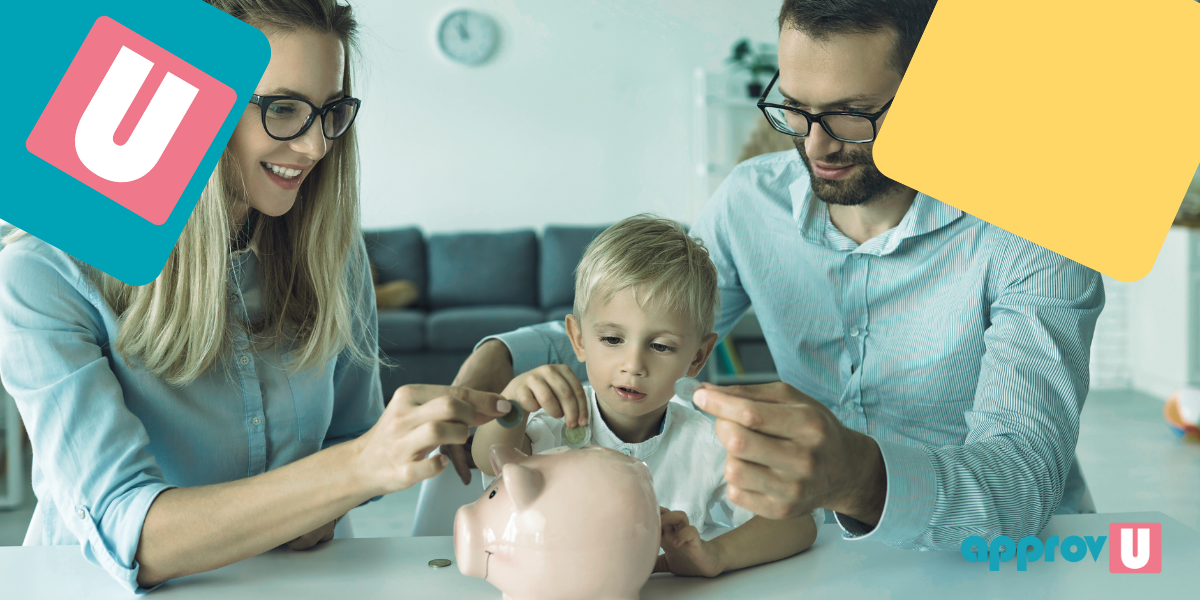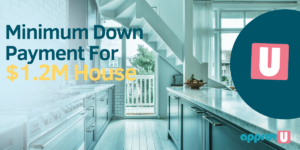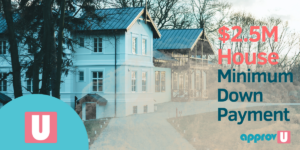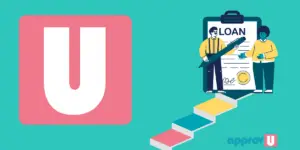How did you feel when you completed college, got your first job, married, or had your child?
Of course, it was a day of celebration!
Buying a house for the first time is another accomplished milestone that needs to be celebrated.
But the rising home prices, tightening mortgage underwriting rules, and high house prices make house ownership a wishful dream for most first-time homebuyers with low incomes in Canada.
all that said let’s start with how much house you can afford
How Much House Can You Afford With Low Income?
You want to kick off your house shopping spree by setting realistic goals.
Knowing your maximum house affordability power should be your purchasing checklist’s first step.
This step is even critical, given your low income.
Recognizing how much of a house you can afford at your current income level will help you set the expectations as you go shopping for your dream home.
You don’t want to skip this step and start your shopping spree. It will be hard to swallow when you know your current income is not enough to get you the high mortgage to buy “that” house.
You don’t want to fall in love with a $600,000 house when you can only afford a $350,000 home.
That said, these are four financial factors that will determine your maximum house affordability.
Check Your Mortgage Affordability
Your Gross Household Income
Your combined household gross income includes all the eligible income types you can use to qualify for a mortgage loan – employment income, business income, child tax credit, child support alimony, disability, pension and others.
The income used in assessing your mortgage affordability is the before-tax income.
Your Down Payment
How much have you set aside as a down payment for your new house?
The down payment should be the next item on your housing affordability list.
Your down payment amount determines how much loan the lender will offer you for your new house.
You must put down a minimum of 5% of the purchase price in Canada as your down payment.
For example:
At a 5% down payment level of $300,000.00, you must put down $15,000.00, and the lender will provide a $385,000.00 mortgage loan. Therefore, a down payment of $15,000.00 can afford you a $300,000.00 house.
A down payment of $80,000.00 and a gross household income of $100,000.00 can get you a $656,000.00 house.
You can use many acceptable down payment sources to help with your house buying.
- Gift
- Accumulated savings
- RRSP loan
- Inheritance
- Grant
Your Current Debt Level:
How much do you spend each month on student loans, credit card payments, car loans, and other loans? If you spend most of your paycheque paying these loans, you will have little to pay your mortgage.
Banks consider your current debt level when assessing your affordability.
Do you want to increase your mortgage affordability?
- Pay off some of your debts
- Get additional sources of income
- Increase your down payment
Your Credit Score
Bad credit can be a barrier to entry to all sorts of things. It can make it harder to buy a car, rent an apartment and secure a loan at a favourable rate.
Buying a house is not an exception. It will be tough to qualify for a mortgage with all the first-time buyer perks if your credit score is below 620.
A good credit score for a mortgage loan will be in the 620 to 900 credit score range.
This score allows you to qualify for prime mortgage loan products. Prime mortgage loans are offered at low down payments, low mortgage rates, and favourable terms.
Credit scores below 620 will still get you to qualify for a mortgage loan.
To be eligible for a low-credit mortgage, you will need a high down payment of 20% of the property value.
The 5 Provable Tactics To Buy Your First Home With Low Income.
Consider Buying A House With Rental Potential
When shopping for your next home, consider looking for a house with a complete and rentable basement suite.
A duplex, triplex, and fourplex properties are other good options.
Buying a house that brings you rental income will help you qualify for a mortgage loan with your low payment.
If you own a two, three, or four-unit property, you will live in one unit and rent out the other units to bring in some monthly money.
Thus, generating enough money to pay the required monthly mortgage payment.
The rental units’ income will help you qualify for a high-mortgage loan even with a low personal income.
Let’s turn now to lenders;
Different lenders will have other policies on how much rental income to use when qualifying for a mortgage loan.
A mortgage broker can advise you on which lender to consider when buying a house with potential rental income.
Some lenders will use only 50% of the rental income, others may use 60%, and others will use 80%.
Talk to your mortgage broker about lenders with good rental income policies.
The impact of the lender’s policy on how much rental income you can use to qualify for a mortgage
Let’s say your rental units bring in $2,000.00 of income monthly
50%: $2,000.00 = $1000.00
60%: $2000.00 = $1,200.00
80%: $2000.00 = $1,600.00
85%: $2000.00 = $1,700.00
First-Time Buyer Homeownership Grants
Fortunately, you do not have to tackle the monumental task of buying a home independently.
There are a few first-time homebuyer grants designed for low-income individuals that you should consider.
Different levels of government administer these grants—federal, provincial, county, region, and city.
Examples of grants are the Oxford County affordable home grant, the Brantford Homeownership Program, and the Simcoe Affordable Homeownership Program.
Private organizations also support low-income Ontarians in buying their first house.
RRSP First-Time Home Buyers’ Plan
Your Registered Retirement Savings Plan (RRSP) is also a great source of down payment funds you can use to buy your first home.
The first-time homebuyer RRSP plan allows you to borrow up to $35,000.00 tax-free.
If you’re buying the house with someone who is also a first-time homebuyer, you can access a combined total of $70,000.00 with RRSP First Time Home Buyer Plan.
The money you withdraw from your RRSP is considered a loan and must be repaid in 15 years.
While the RRSP Home Buyers’ Plan is undoubtedly an excellent program for first-time home buyers, few prerequisites exist.
They are:
- Being a resident of Canada
- Being a first-time buyer
- Having a written agreement to purchase or build a home that qualifies under the HBP
- Ensuring that you intend to use the home as your primary place of residence
Remember that if you are not considered a first-time buyer, there is a four-year period before you are again eligible for the HBP, provided you meet all other conditions.
The Shared Equity Interest Program
Aside from the RRSP Home Buyer’s Plan, the Government of Canada’s shared equity mortgage plan.
Under this government shared equity program, as a first-time homebuyer, you can access an interest-free shared equity loan for up to 10% of the purchase price of a new home (or 5% of the price of a resale home) to add to your required minimum 5% down payment.
The loan must be repaid when the home is sold or after 25 years.
However, there are a few eligibility criteria for this program. They are:
- The household income can’t be more than $120,000.
- The property has to be worth four times your household income.
- You must have at least a 5% down payment.
With a shared equity loan, the government becomes a part-owner of your house and will share in the appreciation or depreciation of the property value.
The government will technically own a 5% share of your house.
When you sell the home, you must pay back the amount you borrowed plus 5% of the property’s appreciated value.
The table below illustrates how a family buying a $500,000 home could save with the federal government’s shared homeownership grant.
(note: for illustration purposes only, results are subject to change depending upon amortization, interest rate, term, etc.).
| without FTHBI | with FTHBI | without FTHBI | with FTHBI | without FTHBI | ||
| House Price | $200,000 | $200,000 | $350,000 | $350,000 | $500,000 | $500,000 |
| Down Payment (5%) | $10,000 | $10,000 | $17,500 | $17,500 | $25,000 | $25,000 |
| FTHB (10%) | NA | $20,000 | NA | $35,000 | NA | $50,000 |
| Insured Mortgage | $190,000 | $170,000 | $332,500 | $297,500 | $475,000 | $425,000 |
| Insured Mortgage + Mortgage Insurance Premium | $197,600 | $174,760 | $345,800 | $305,830 | $494,000 | $436,900 |
| Monthly Payment* | $989 | $875 | $1,731 | $1,531 | $2,473 | $2,187 |
Get A Cosigner
Even with all of the above incentives, grants, and plans, it might just be that your high debt load is inhibiting you from qualifying for a mortgage loan.
Yes, you can have the required income for the mortgage payment, be employed, have a consistent monthly income, and have your 5% down payment and still not qualify for an insured mortgage loan because of your credit.
A lender may require someone with a strong, positive credit history to co-sign the mortgage loan for you.
A cosigner can be a family member or a friend.
Conclusion
While it can be overwhelming to purchase a home in Ontario without a comfortable income, it is nowhere near impossible!
We have covered only five tools you can use to buy your first home in Ontario with a low income.
Other tactics to consider are – Going for a cheaper house option like a townhouse, semi-detached or condo instead of a detached house or moving outside of the major city centre are a few tactics you can consider in buying a home in Ontario with a low income.



